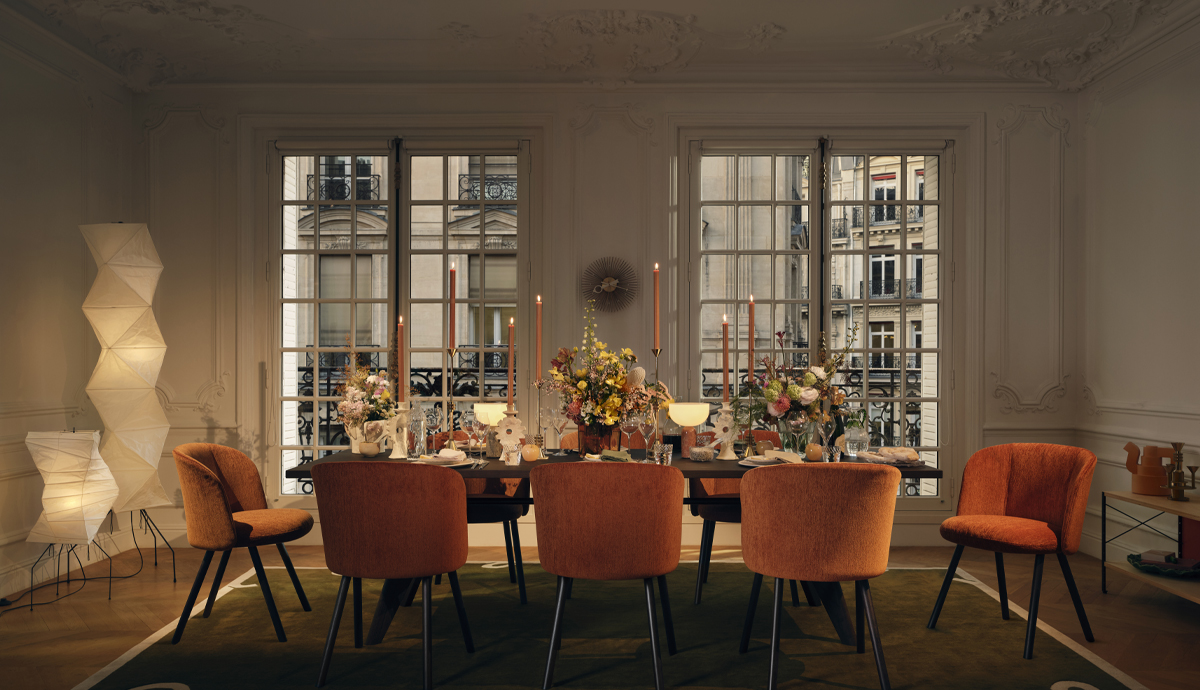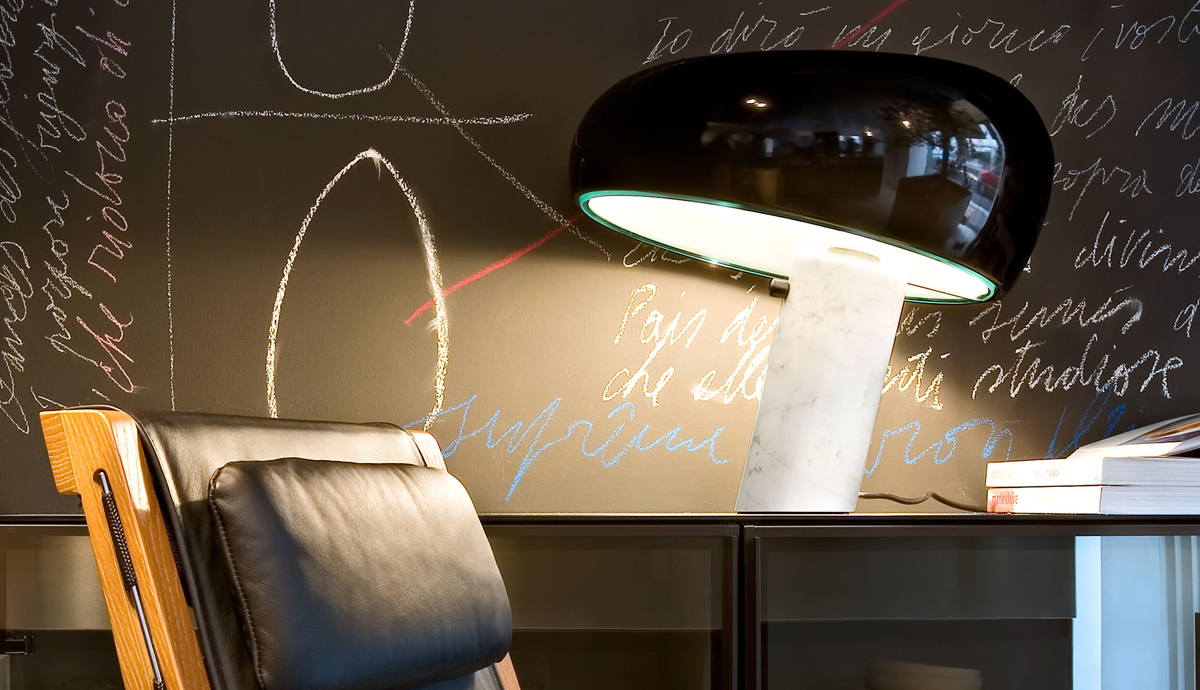A Glossary Of Lighting Terminology.
As the nights draw in and the evenings get darker we take a look at some of the intricacies of the terminology associated with lighting design.
Squirrelled away in the minutiae of the descriptions of some of our most popular lights a number of phrases often appear. Lumens, Kelvins and IP ratings all come up, but what do these things mean? These terms can be complicated, confusing or even intimidating upon first sight, so we’re here to go through them with you.

At Utility we sell a wide variety of lights. From simple table lamps, capable of being displayed almost anywhere around the home to more permanent solutions like hard-wired pendant lamps that require installation before use. We carry thousands of different designs and lighting solutions, and each come with their own requirements and complexities.
Lumens = a measurement of light output, aka brightness
Lumens tell us how bright a light source is. In most cases the light source of a lamp is the bulb, which is then masked or surrounded by a shade of some kind. It is important when selecting a bulb to choose one which will complement the shade properly, so that enough light is emitted (but not too much!). In most cases a lamp producer will usually advise of the perfect bulb for a specific light in the manual for said light, but in short the lower the lumen count the dimmer the light, the higher the count the brighter.
Kelvins = a measurement of light colour temperature
Light colour temperature is measured in Kelvins (abbreviated as K’s more often than not). Typically Kelvin temperatures in home and commercial settings tend to fall on a scale between 2000k and 6500k (for reference daylight would sit at around 5750 kelvins), with the most popular non-dimmable lamps being in the region of 2700 to 3000k. 2700k emits a warm white glow that many find comforting and cosy, while 3000k ups the ante a little providing a slightly softer glow. Most of the standard lamps that we sell here at Utility are either 2700k or 3000k.

Wattage = the amount of energy used by a light
Wattage is the amount of energy used to power a light fitting. The lower the wattage, the fewer units of electricity used. Typically lights with a lower lumen value will use less wattage.
Voltage = the electricity supply
In the UK the standardised voltage rate for our electricity supply is 230 volts (with an allowance of +10% -6% for slight fluctuation). As our complete range of lighting is officially sourced directly from the brands themselves you can feel confident in knowing that when buying from Utility you are purchasing an authentic product that is safe to use at British standards.
IP rating = Protection against dust and liquid
The IP rating of a light source indicates how much protection the lamp has against dust and liquid, and in turn indicates in which types of spaces a specific light can be used. IP20 is the most common rating you will come across, and is safe for use in most types of room, but if you’re looking at fitting a lamp in a bathroom or other room in which water is present then you’ll need to be picking up something with IP44 or IP64 levels of protection. Outdoor lights also require a higher IP rating. This kind of thing can get quite confusing, but the team here at Utility are able to help you navigate any issues that you might have. Simply get in touch if you have any specific concerns or questions related to fitting lights in unorthodox settings or spaces.
CRI = How authentically colour is reproduced
The CRI (Colour Reproduction Index) is a measurement of how natural colours are affected under an artificial light source. The reference point is the sun, which has a CRI rating of 100, and the higher the rating the better the colour rendering capabilities of the light source. For example, a premium pendant lamp like a Louis Poulsen PH5 Light carries a CRI rating of 90, meaning that it helps to accurately render colour within a space. Understanding CRI can help you to achieve the desired ambience for a particular setting.
Hard wired or plug?
Sometimes when purchasing a pendant, ceiling or wall light then the subject of cabled or hard-wired comes up. Hard-wired is the standard, and requires installation, but a cabled ceiling, wall or pendant light with a traditional 3-pronged plug is a great solution for those who rent a home or wish to simply install a light fitting themselves, without relying on professional help. While the finished result may not look as elegant as a wired lamp, due to the presence of a wire, these can often be embraced and brought into the overall look, gifting a space with a utilitarian or industrial aesthetic, as seen here in the beautiful home of designer Ed Ngai.
What About Dimming?
Dimming is really helpful for creating mood. Even the biggest of big lights can become an important tool in creating an atmosphere when a dimming feature is utilised, and the function has become something of an industry standard in the designer lighting field in recent years. There are numerous different types of different dimmer technologies incorporated into everyday lamps. Some table and floor lamps feature an inline dimmer switch on their power cable, while others feature capacitive touch dimming built in to the light fitting itself, while the dimming on hard-wired lighting (such as pendant, ceiling, wall or chandelier lights) is usually controlled by a wall-mounted dimmer switch or remote control. Some lights even let you use your mobile phone to control the light strength, while special dimmable bulb kits can also be purchased that gift any lamp with the functionality.

To LED or not LED?
In recent years LED lighting technology has moved along at such a rapid pace that it is now considered to be a genuine alternative to traditional light bulbs. For a long time it was deemed inferior, due to the soulless, flat light so often associated with LED technology, but such vast improvements have been made in the last decade that it’s considered a viable alternative for many. One major benefit that comes with LED lighting is that they use much less energy than a standard bulb, making them both cheaper to use and better for the environment. Portable lamps are one product category that has benefitted particularly from these technological advancements, as we’ve discussed before.
No matter your project, big or small, please do feel free to reach out to us for help and advice with any of your lighting needs. We can provide exacting data and light sheets for many of the lamps that we sell, and can guide you through your purchase every step of the way. There's no better time to take a look at refreshing your home lighting than now, thanks to the Utility Design Autumn lighting event!
-
Buying GuidesA Glossary Of Lighting Terminology.Read More
As the nights draw in and the evenings get darker we take a look at some of the intricacies of the terminology associated with lighting design. Squirrelled away in the minutiae of the descriptions of some of our most popular...
-
Buying GuidesThe Complete Guide to Buying Your Dream SofaRead More
Choosing the perfect sofa is more than just selecting a piece of furniture; it's about curating the heart of your home. From lazy Sunday afternoons to entertaining guests, your sofa sets the tone for countless memories. Yet, navigating the vast...


